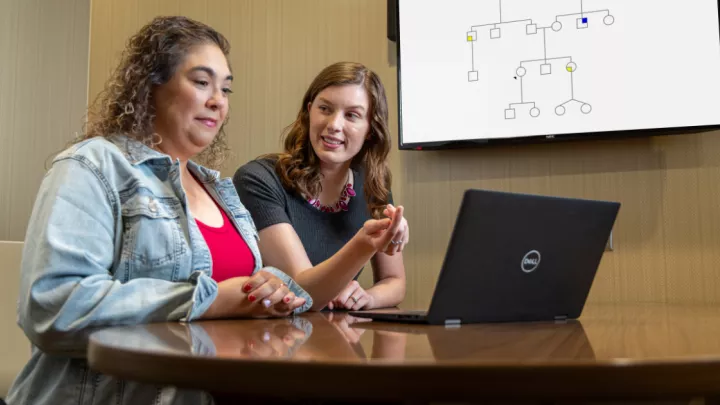How to quit smoking

It’s never too late to stop smoking. Even men and women who have smoked for many years can reduce their lung cancer risk after five years of quitting smoking. After 15 years of quitting smoking, lung cancer risk can be reduced by as much as 50 percent or more.
Schedule an appointment with one of our primary care doctors to discuss the best ways to help you quit. Call 800.922.0000.
Smoking causes damage to the lining of the lungs and the alveolar epithelial cells which can lead to the development of lung diseases like emphysema and chronic bronchitis. Once you quit smoking, your lungs immediately begin the healing process.
The most effective smoking cessation programs are those that combine counseling with smoking cessation aids to address both the behavioral and nicotine addictions. Nicotine replacements like the patch and gum are very effective as well as Wellbutrin, an anti-depressant; and Chantix, a drug that works by binding to nicotine receptors in the brain and blocking them so that nicotine can no longer activate those receptors, causing a person to get less satisfaction from smoking.
Electronic cigarettes are one of the hottest trends in smoking replacement products. E-cigarettes are not an effective smoking cessation tool for many because they don’t break the nicotine or the behavioral addiction to smoking, which are key to being successful at quitting. While e-cigarettes remove the burning of tobacco and tar, it still includes nicotine and many other hidden chemicals which are not regulated by the Food and Drug Administration.




